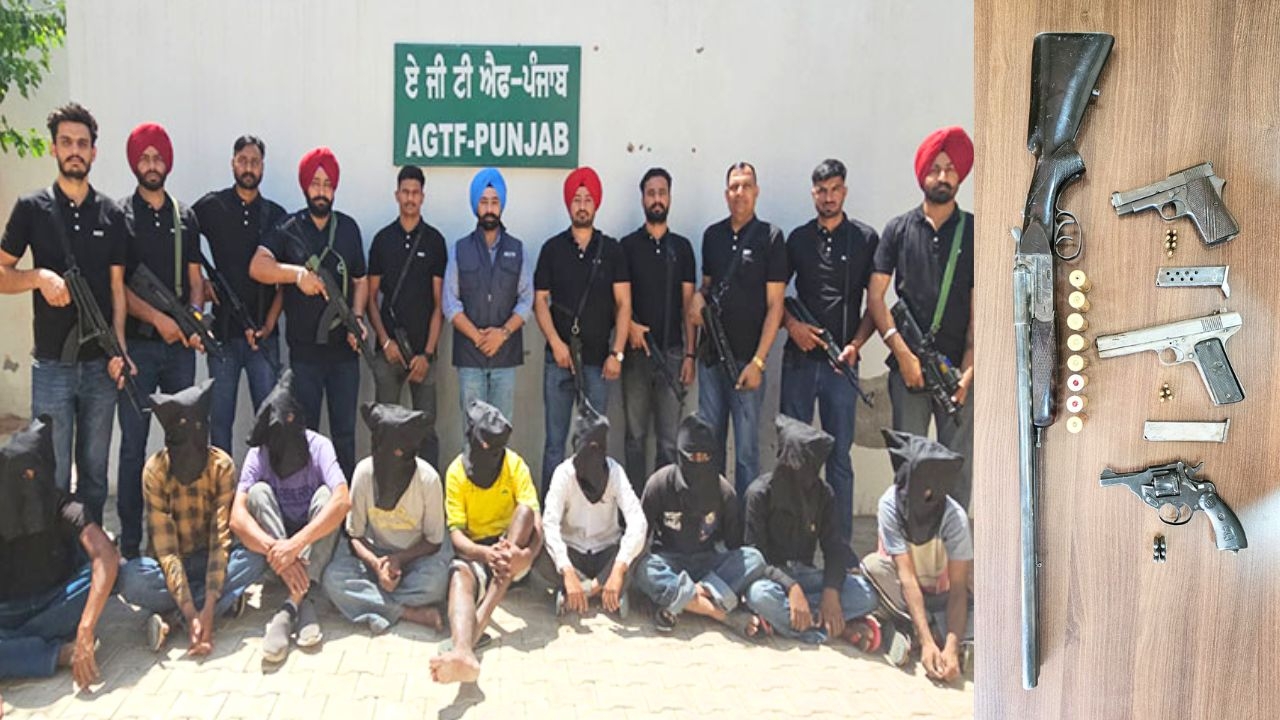Abuse of power: CAG reveals 86% increase in NPAs in govt-owned REC & PFC in 3 years
_87907_730x419-m.jpg)
A Comptroller and Auditor General (CAG) audit of loans to Independent Power Producers (IPPs) by Rural Electrification Corporation Limited (REC) and Power Finance Corporation Limited (PFC) has revealed 86% increase in Non-Performing Assets (NPAs) between 2013-14 to 2015-16.
The auditing agency pointed that at the end of 2015-16, total NPAs of Rs 11,762.61 crore for IPP loans was recognised in the books of accounts of REC and PFC, of which Rs 10,360.39 crore (86%) were NPAs recognised during the three years ending 31 March 2016.
The report pointed how loan accounts of the IPPs were serviced irregularly and a number of them became stressed and subsequently turned NPA. According to CAG, both these companies failed to conduct appropriate due diligence during credit appraisal which in turn led to them assuming higher risks on the loan accounts.
The CAG observed that REC and PFC deviated from their internal guidelines and even failed to conform to the Reserve Bank of India guidelines applicable for Non-Banking Financial Companies.
The report read, “Considering that REC and PFC had disbursed Rs 47,706.88 crore to IPPs during the same period, the NPA generation works out to a significant 21.72% of the amount disbursed during 2013-14 to 2015-16.”
The NPAs in these two companies during this period increased from 2.32% to13.90% and 4.28% to 19.86% respectively.
Diversionary tactics
After the enactment of Electricity Act, 2003, REC and PFC participated in power generation projects as lenders and citing the increasing incidents of these loans turning distressed and NPAs, CAG reviewed the procedures adopted by REC and PFC for appraisal, sanction and disbursement of loans to IPPs during 2013-14 to 2015-16.
“The findings revealed non-compliance of clauses of common loan agreements and undue adjustment of interest dues from loan accounts which resulted in deferring of recognition of the NPAs. There were also cases of siphoning/diversion of funds by borrowers/promoters,” read the report.
Accusing the two companies of not adopting specific measures to ensure end utilisation of funds by the borrowers, CAG cited several instances wherein funds were diverted by borrowers. The audit report highlighted instances of loan funds being invested in fixed deposits without obtaining prior approval of the lenders which according to CAG resulted in siphoning/diversion of funds of Rs 2457.60 crore in five cases.
In one such instance, diversion of Rs 700 crore was noticed in January 2014 in the case of KSK Mahanadi Power Company Limited. Similarly, funds were diverted by four other borrowers without prior approval of the lender with instances of not utilising the funds for the intended purpose also being reported.
Further, while auditing 12 loan cases of these two companies, the CAG mentioned how the experience and ability of the promoters to develop the projects was not assessed objectively and was based on individual judgement. Eventually, none of these 12 projects were completed in time.
In one such case, the core promoters of M/s SPIC Electric Power Corporation Limited (SEPC) formed for setting up a 525 MW coal-based thermal power plant had no prior experience of thermal power plant. Instead, they had developed three solar power projects and yet the loan proposal was awarded 33.33% by REC against the experience criteria and loan was sanctioned.
A lack of objectivity
The CAG also found that the financial capacity of the promoter to bring in equity for the project in the face of competing demands was not adequately assessed. Scrutinising nine such projects, the CAG mentioned that the appraisal capacity of the promoter to infuse equity is critical for its success.
“The experience of the promoters to develop the project was not objectively assessed. The financial capacity of the promoter to bring in equity for the project in the face of competing demands was not ensured. Due diligence regarding viability of the project or conflict of interest, in the event the promoter also functions as principal contractors, was also not done. This led to loans being sanctioned to financially weak and technically inexperienced promoters who failed to implement the projects in time, resulting in time and cost overruns,” pointed the CAG.
The agency also cited case studies of nine projects wherein loans were sanctioned despite the promoters not having sufficient means to contribute equity in the proposed projects. According to the CAG, these nine projects were reassessed with three of them turning NPAs and none being completed till May 2017.
Pointing that guidelines of REC and PFC do not envisage a situation where the contractors engaged by the promoter for implementation of a project are related parties, the audit agency noticed that in seven loan cases, the contractor and the promoter were same/ related entities. In this context, the CAG report claimed: “It was also noticed that the credit worthiness of the contractors and their ability to fulfill contractual obligations was not being appraised by REC and PFC, as required by the RBI guidelines on Loans and Advances – Statutory and Other Restrictions.”
Castigating the REC for adjusting funds towards Interest during Construction (IDC) after the sanction, which is clear violation of the company's internal guidelines, the agency revealed that during disbursement of loans worth Rs 3,294.35 crore to M/s Lanco Babandh Power Project, M/s Lanco Vidarbha Thermal Power Project and M/s Lanco Amarkantak Power Project, REC adjusted Rs 496.02 crore towards IDC beyond the IDC approved at the time of sanction.
The CAG observed, “With these adjustments, the loan account remained ‘standard’ though no repayment was made by the borrower as per the loan servicing schedule. Had the interest not been adjusted in this manner, these loan accounts would have become NPA in 2013 itself.”
Moreover, the audit also revealed the REC and PFC sanctioned a cost overrun even though the promoters/borrowers were in default. The agency claimed that these relaxations increased the credit risk of REC and PFC in the projects and highlighted 10 such cases of promoters in default when additional loan was sanctioned to them.
“REC sanctioned (18 March 2016) additional loan of Rs1355 crore to M/s KSK Mahanadi Power Company Limited (KMPCL) in March 2016. At the time of sanction of the loan, the promoter of KMPCL was in default of Rs 27.66 crore. KMPCL too was in default of Rs 354.39 crore,” pointed the report.
Meanwhile, with 15 borrowers reeling in the restructured loans category, the possibility of them turning into NPAs cannot be ruled out. This would be yet another setback for the PFC and REC that have already come under severe criticism for their working style.
First published: 3 November 2017, 0:53 IST






![BJP's Kapil Mishra recreates Shankar Mahadevan’s ‘Breathless’ song to highlight Delhi pollution [WATCH] BJP's Kapil Mishra recreates Shankar Mahadevan’s ‘Breathless’ song to highlight Delhi pollution [WATCH]](http://images.catchnews.com/upload/2022/11/03/kapil-mishra_240884_300x172.png)

![Anupam Kher shares pictures of his toned body on 67th birthday [MUST SEE] Anupam Kher shares pictures of his toned body on 67th birthday [MUST SEE]](http://images.catchnews.com/upload/2022/03/07/Anupam_kher_231145_300x172.jpg)






